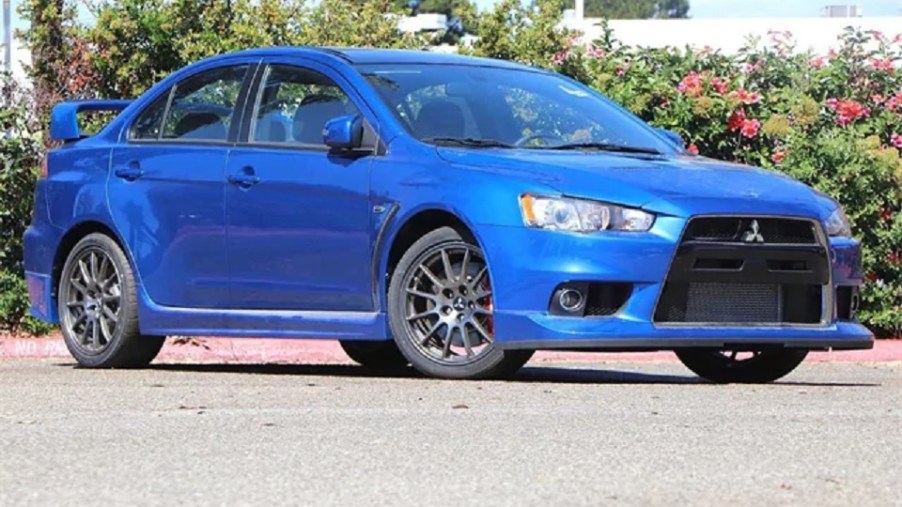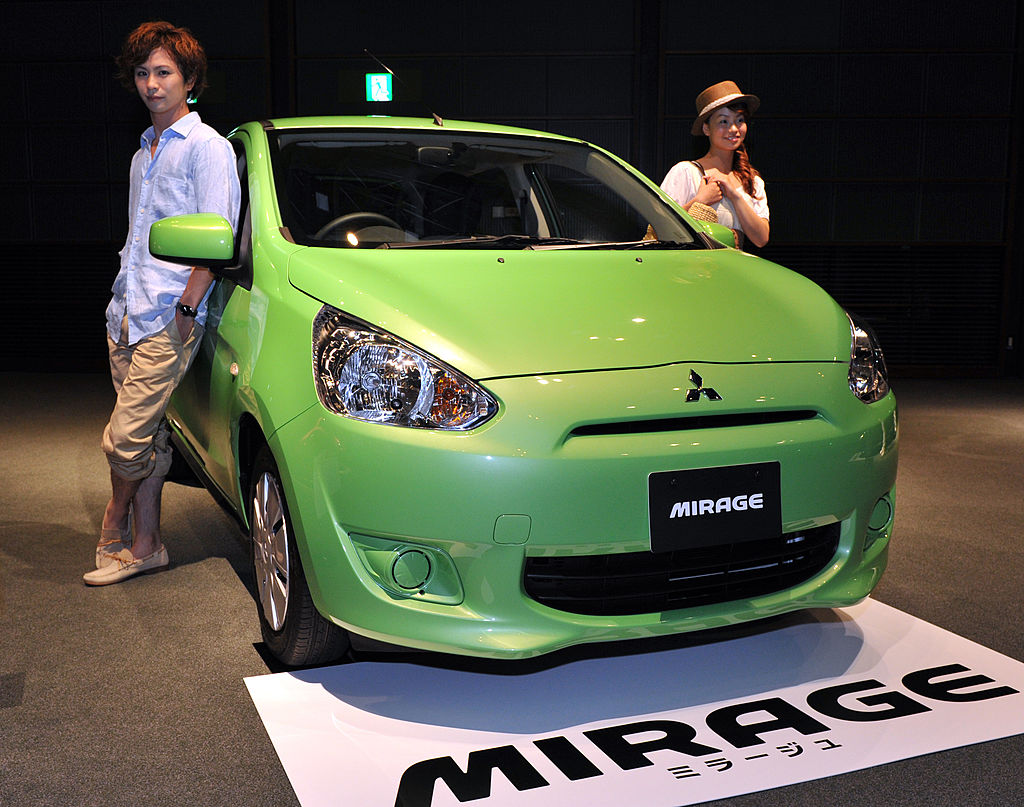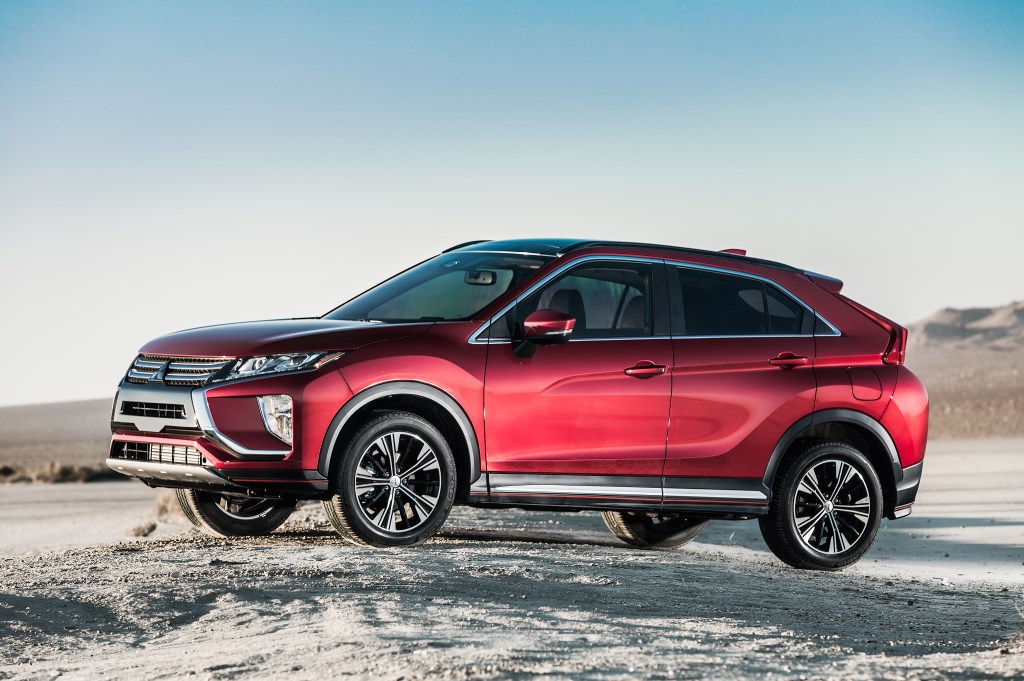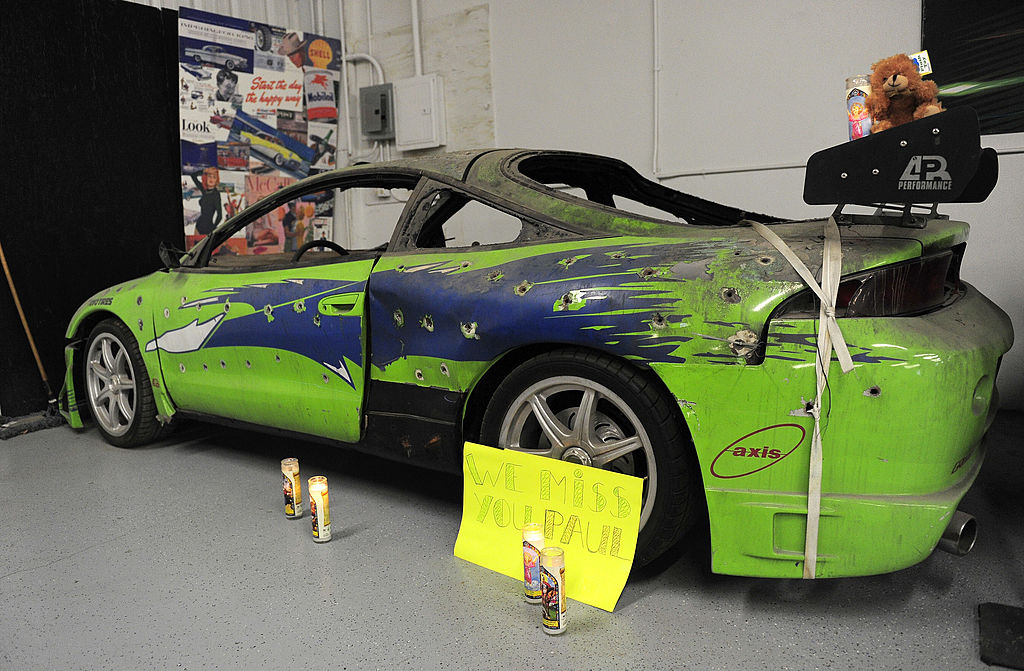
Is Mitsubishi Pulling Out of the North American market?
A quick quiz: Do you know where your nearest Mitsubishi dealer is? Can you name any model you would consider at least looking into purchasing? Have you noticed any Mitsubishi vehicles in the wild on the highway or in town? Unfortunately, those who took our quiz said “no” to all three. Mitsubishi has an identity, product, and a presence problem. Now, with the restructuring of the alliance, it is part of with Nissan and Renault, there are rumblings that Mitsubishi is preparing to pull out of the North American market.
Mitsu says only that it will be “pulling back” from North America. Last year it sold 120,000 vehicles in the US. It will instead concentrate its efforts mostly in Southeast Asia. It goes along with Renault’s larger plan to divvy up the world between the brands. In those countries that it shares with its stablemates, it will also share platforms.
CEO Takao Kato has said Mitsubishi growth in North America hasn’t been successful

Mitsu must have had larger goals than its results have shown. CEO Takao Kato has said growth in the US hasn’t been as successful as he would have liked to have seen. Surprisingly, last year was Mitsu’s best sales year since 2007. It grew about 2.5%, just not as much as it wanted. Now with money being tight, and Renault and Nissan having capital problems, they’re cannibalizing each other. It makes more sense to share platforms and stay out of markets that one or the other dominates.
The elephant in the room is Mitsubishi’s aged and limited lineup. We have a hard time even remembering what models it still makes and when they first came out. It has two compact crossovers, a midsize CUV, and the spectacularly compromised Mirage hatchback. There isn’t a lot of “there” there. With what it offers, their features, and ages, it leads to the question of how it can afford to be in the US.
Mitsubishi has no factories in North America-everything is imported into the country

Even more so because it has no factories in the US. Everything is imported into the country. We question how it can be profitable, competitive, and yet have the added costs of shipping? The answer must be to keep development slow and try to remain competitive with a few yearly changes.
Adding to the stress of remaining in the US is the ongoing pandemic. From the alliance looking to spread out its brands to the lack of new products, a limited product lineup, and COVID-19, it’s a perfect storm of bad. It needs what the rest of the alliance needs: new models for aged products.
There were once cool little Mitsubishi Lancer Evos, sports cars, and pickups

Where there were once cool little Lancer Evo sedans, sports cars, and pickups; they have all been discontinued without any replacement. That sizzle is long gone. Kato may call it a pull back but let’s be honest; there is just too much dragging it down to warrant keeping it afloat.
Unwinding from state laws over franchises can get sticky. Maybe that is why Mitsubishi is allowing its lineup to age so much. If no one wants the product then the dealers close or take on other brands to compensate. And before they know it sales become more of a burden than before and the brand slowly evaporates. That’s how we see it going. How about you?



